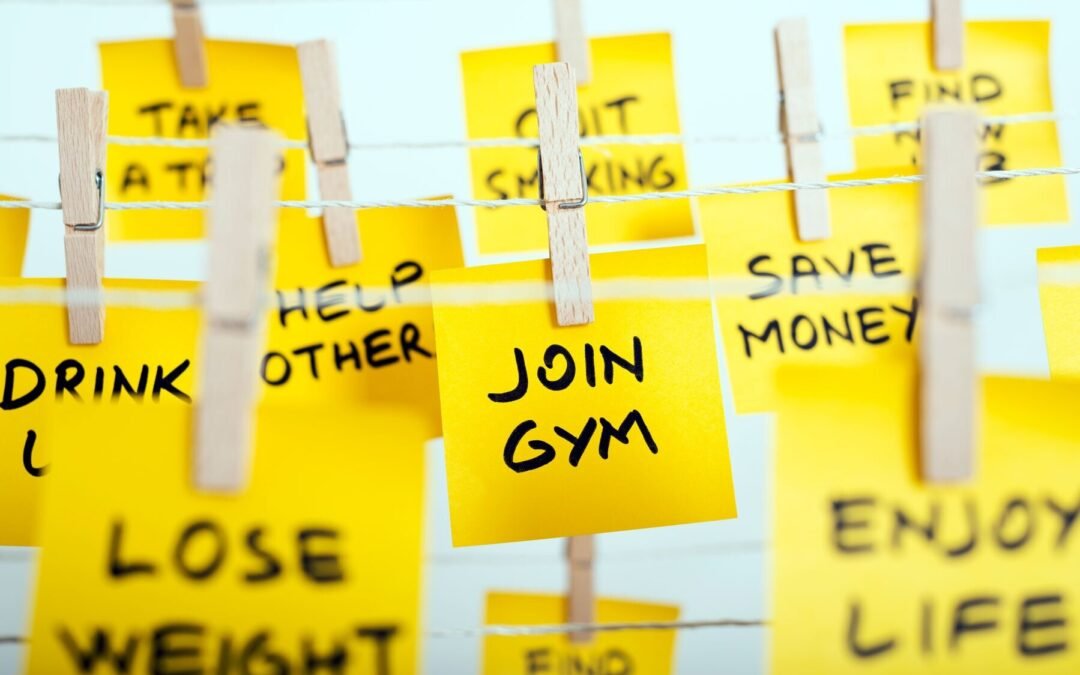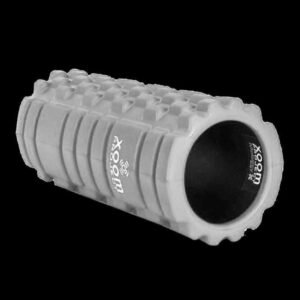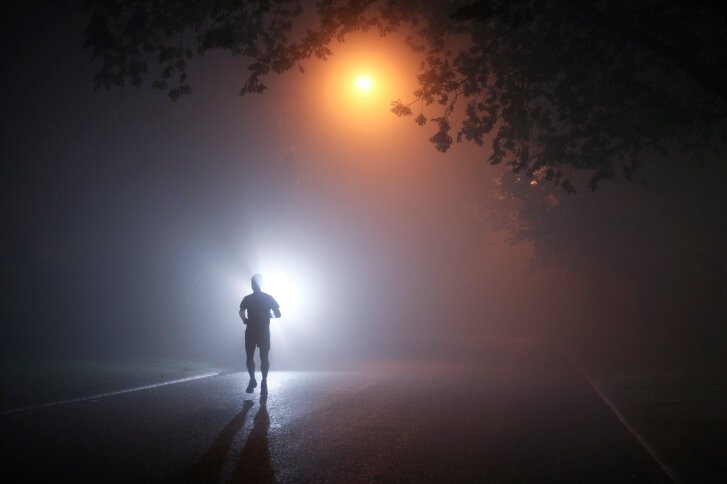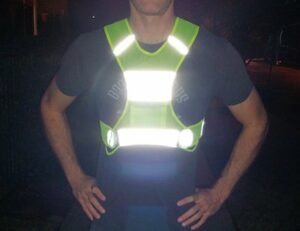
5 New Year Running Resolutions
By Coach Adolfo Salgueiro
Based on where you are in your running life, your goals for a new year will vary. While for some people, making it to 1000 miles may seem like an insurmountable goal, others have been accomplishing this distance year in and year out. Some athletes break 1:30 in the half marathon on a bad day, others struggle to go sub-3.

Making achievable New Year resolutions is the key to keep your athletic goals relevant.
The point here is that to set up your running goal, or goals, for this brand-new year, it must be done in an individual and feasible fashion. These goals can’t be compared with what your friends are doing or what you were able to do when you were a young runner; and they can’t be so out-of-touch that you will be off track at the first sign of trouble or the first day when life gets on the way. Also, you don’t want to get injured because of overstress.
If you haven’t etched in stone your running goals for 2021, or if you haven’t thought about them yet, do so, now. This is what will keep you focused, especially while it is uncertain if and when normal racing will return.
The following goals ideas you may consider:
1 – 1000 Miles – Depending on where you are in your running life, one thousand miles could be a challenging yet achievable Goal. You can also set your eyes on 1500, 2000 or 3000. The key is to break it down in small chunks so you can visualize it. I.E. For 1000 miles, this is just 83.33 miles per month, or 4.8 a day if you run 4 times a week (way less if you include a long run one of those days). Last year, over 1000 members of the 1K Club made it to the 1000 mark. If you have never done it, this may be a great goal for the year.
2 – One more day of activity per week – If you don’t want to focus your running year on counting mileage, adding another day to your training is a good way to increase your activity. If you run only 3 times a week, that 4th day becomes feasible. If you run 5 or 6, this may not be a goal for you, but you can always add a yoga class, a cross training session or an easy, long recovery walk to your week. The key is to increase your activity if you feel you can fit it in without sacrificing your recovery.
3 – Strength training – It is the most neglected part of every training cycle. When we are focused in our training and our work or personal life gets on the way, strength training is the first aspect of the program to be sacrificed. As runners, we pound on our musculoskeletal system on a daily basis. Consider that every in mile you dump 3-4 times your weight into each leg, about 800 times. This is about 2500 times per leg, per 5K. If we don’t prepare our bones, muscles, tendons and ligaments to take on the workload, they will break down, and you will be rehabbing instead of running.

Sleeping 7-8 hours a night will improve both your athletic and your personal life (Photo: Pexels.com)
4 – Specific Distance PR – This goal can be handled in two ways. A) You can set up your sights and training on one specific distance where you feel confident performing and go for your best time, ever; or B) you can get out of your comfort zone and pick up a distance where you don’t feel confident and go for it. If you’ve been chasing the elusive Sub-2 half marathon or sub-3:30 marathon, you have a full year to make it happen. Or, if you dislike the 5K because it is too short or too fast; or if you are afraid of what lies beyond the mythical 13.1, then you have a few challenges right there.
5 – Sleep more – It may sound odd that sleeping more is part of a running goals list for a new year, but sleep is one of the most overlooked aspects of recovery, and thus, training. It is also the one that may take you down, if not with an injury, at least by robbing you of your chance of peak performance. In our society, lack of sleep has become a worthless badge of honor, while in reality (and science), our sleeping time is key to our recovery both as athletes and as functional human beings. The benefits of a hard workout are not seen once you finished, the body needs to repair itself and adapt to the stress we just put it through. This doesn’t happen with an easy 5-miler on 5 hours of sleep. The body heals itself and flushes the day’s metabolic waste while we sleep. So, 7-8 hours a night is part of your daily training and a worthwhile running goal for 2021.
Of course, these are not the only athletic goals you may set up for 2021. They are just ideas to help you define what you would like to achieve this year.
What are your running goals for 2021?






